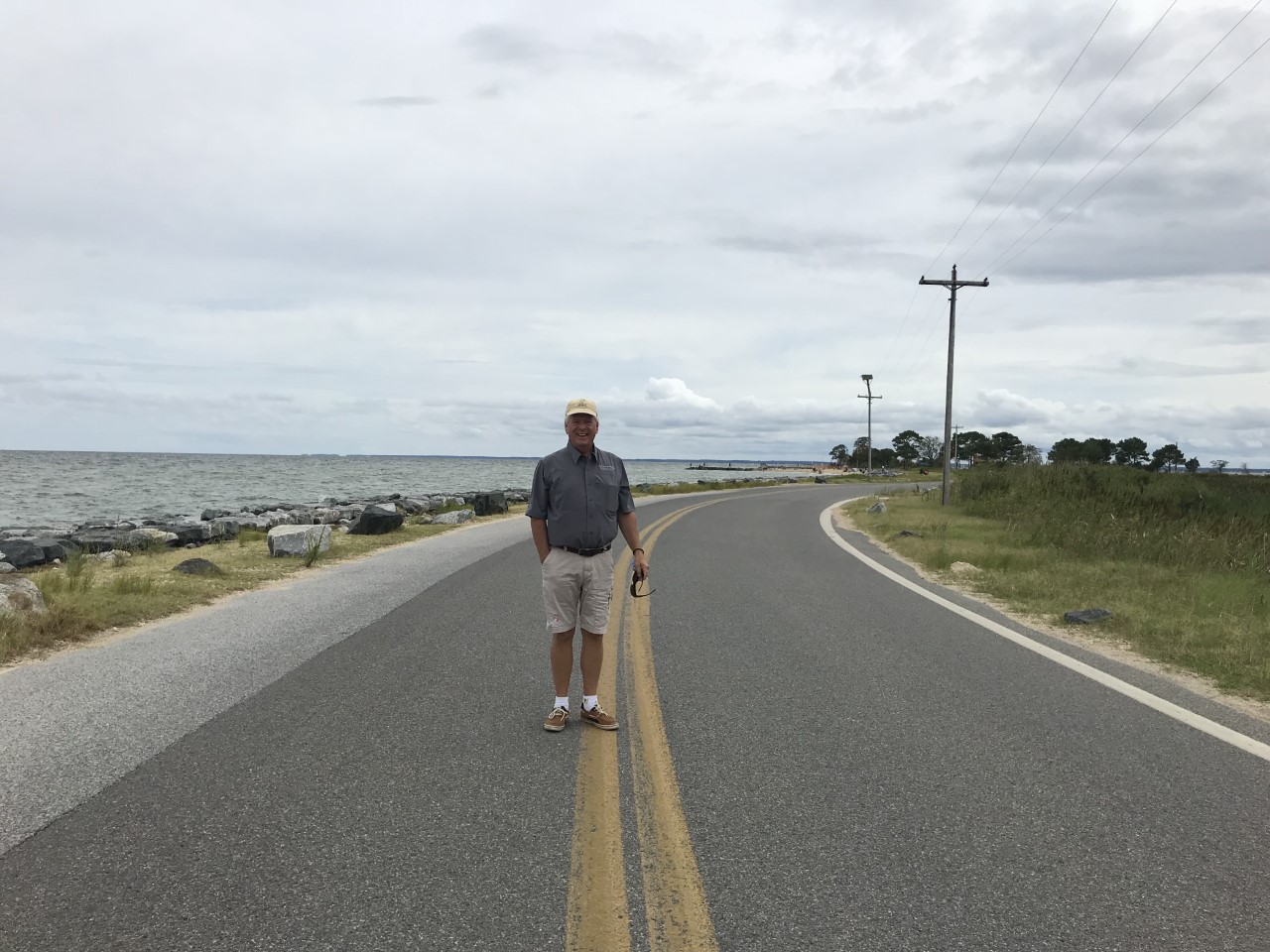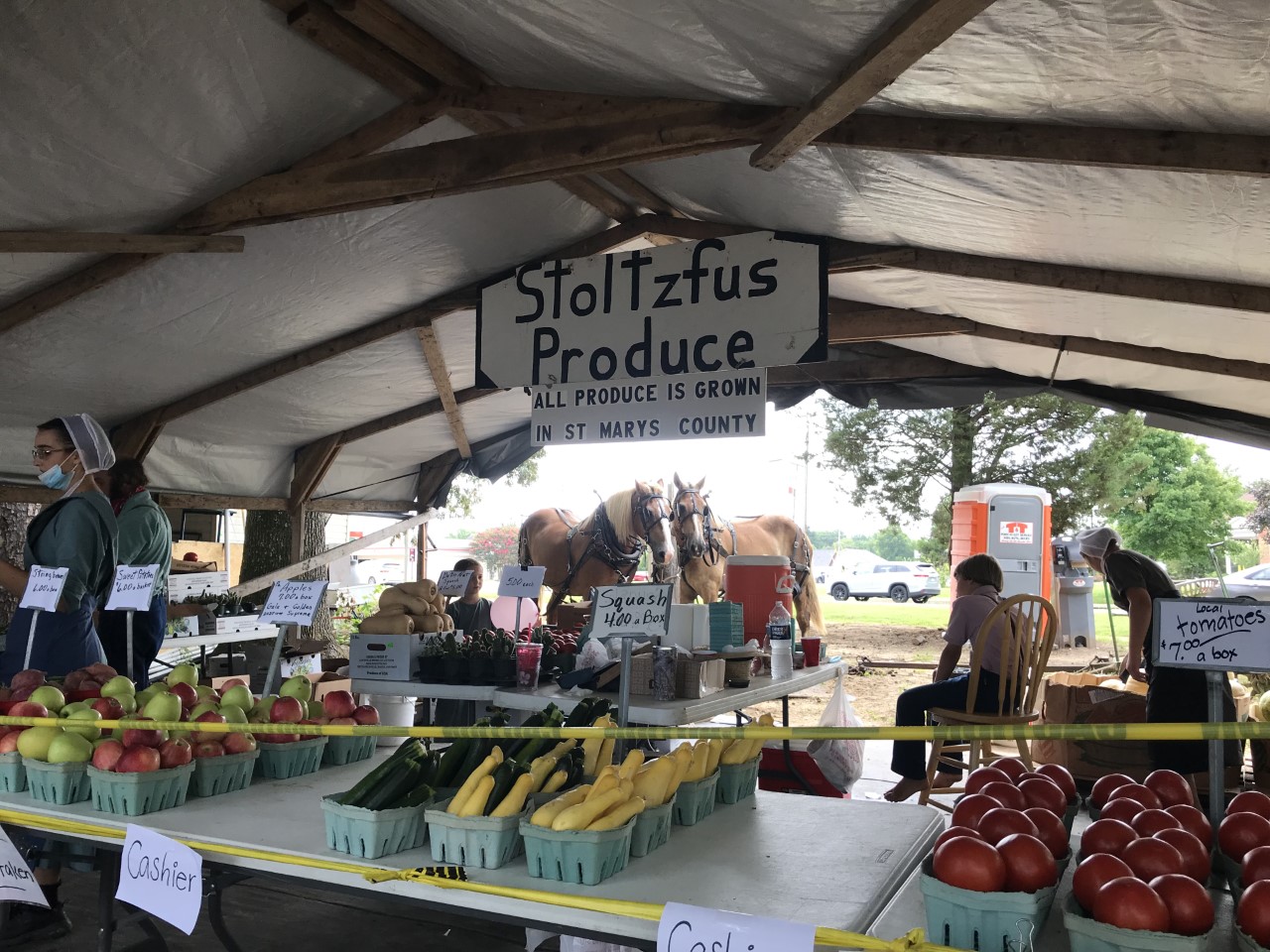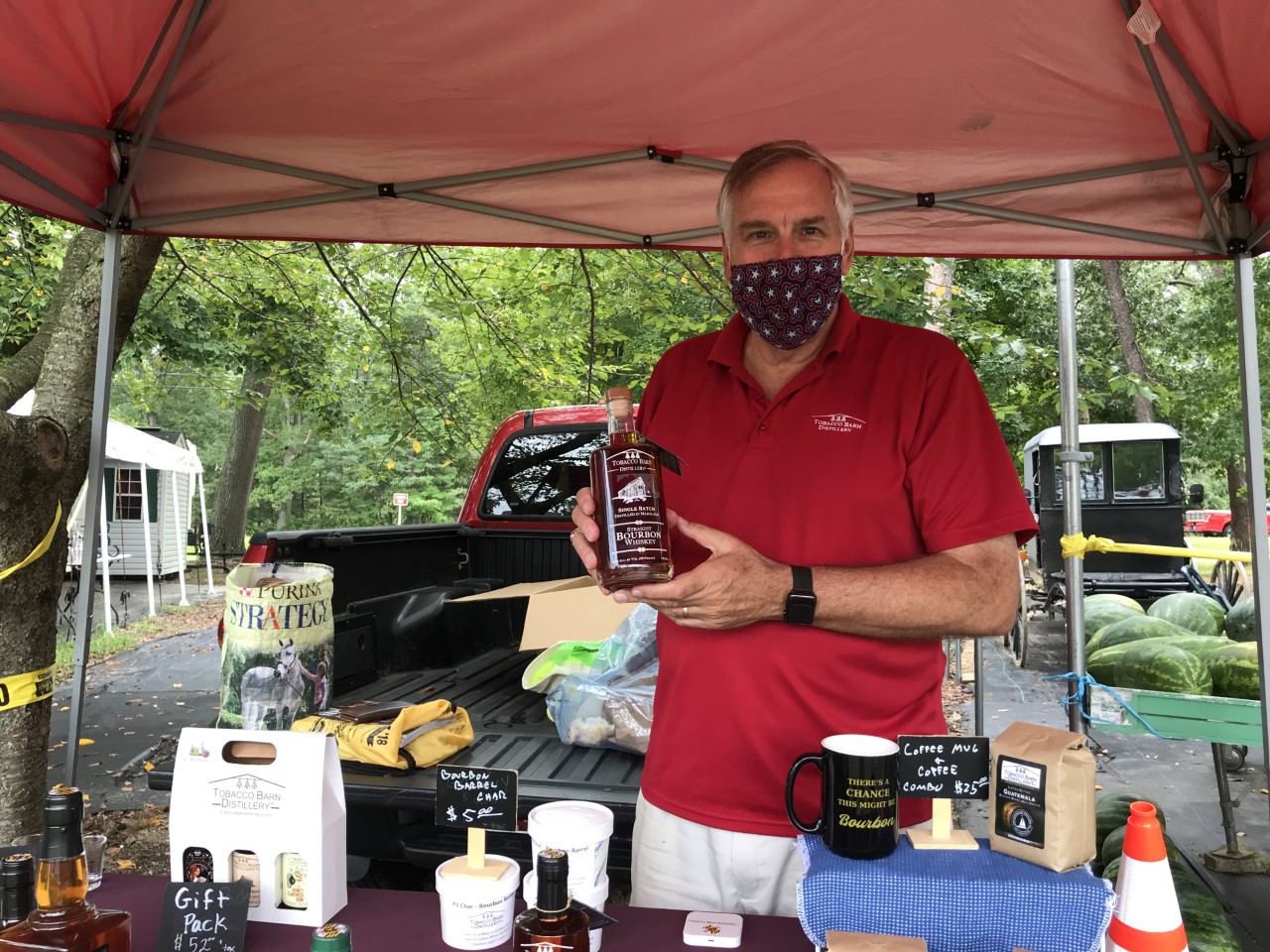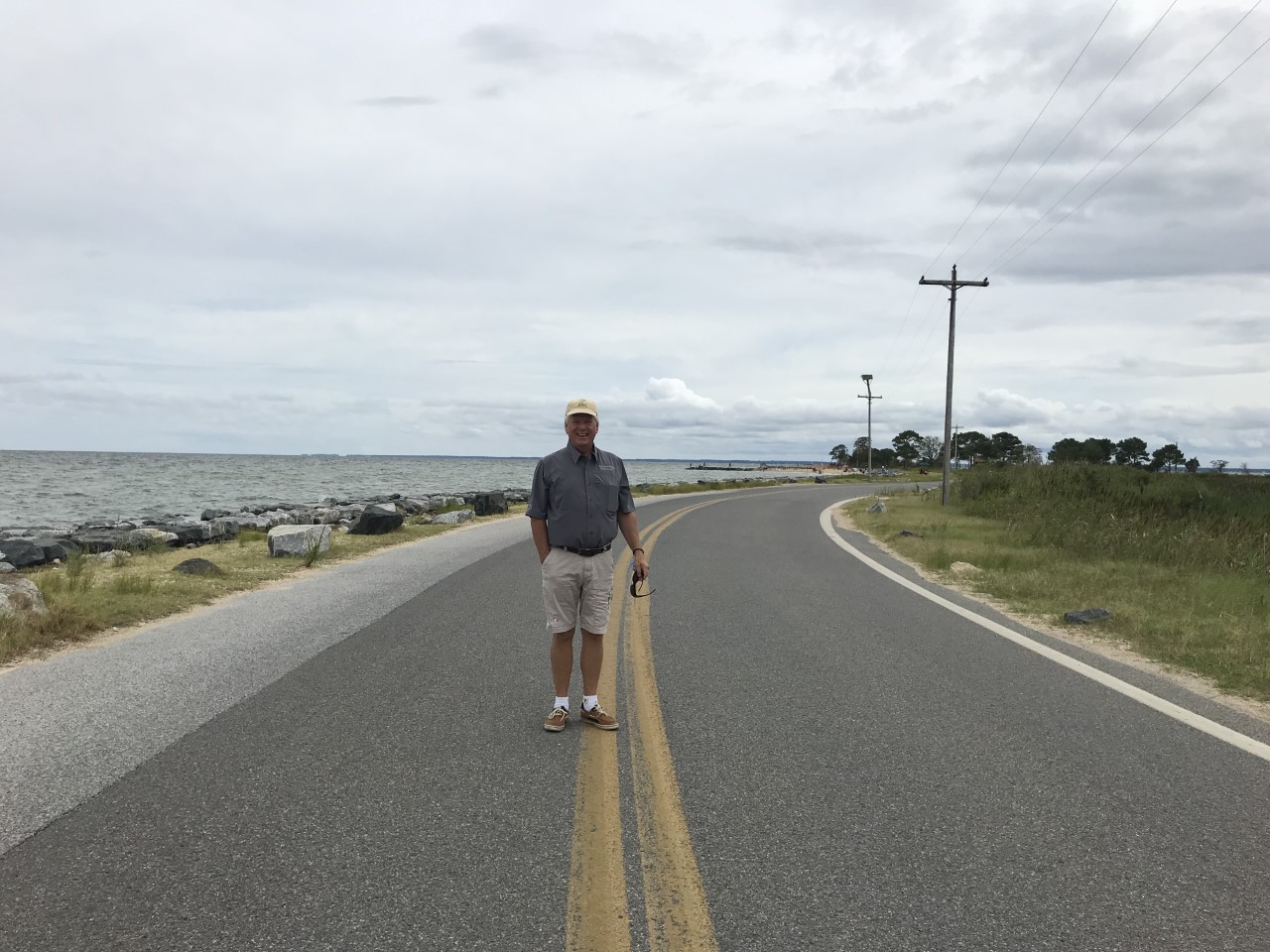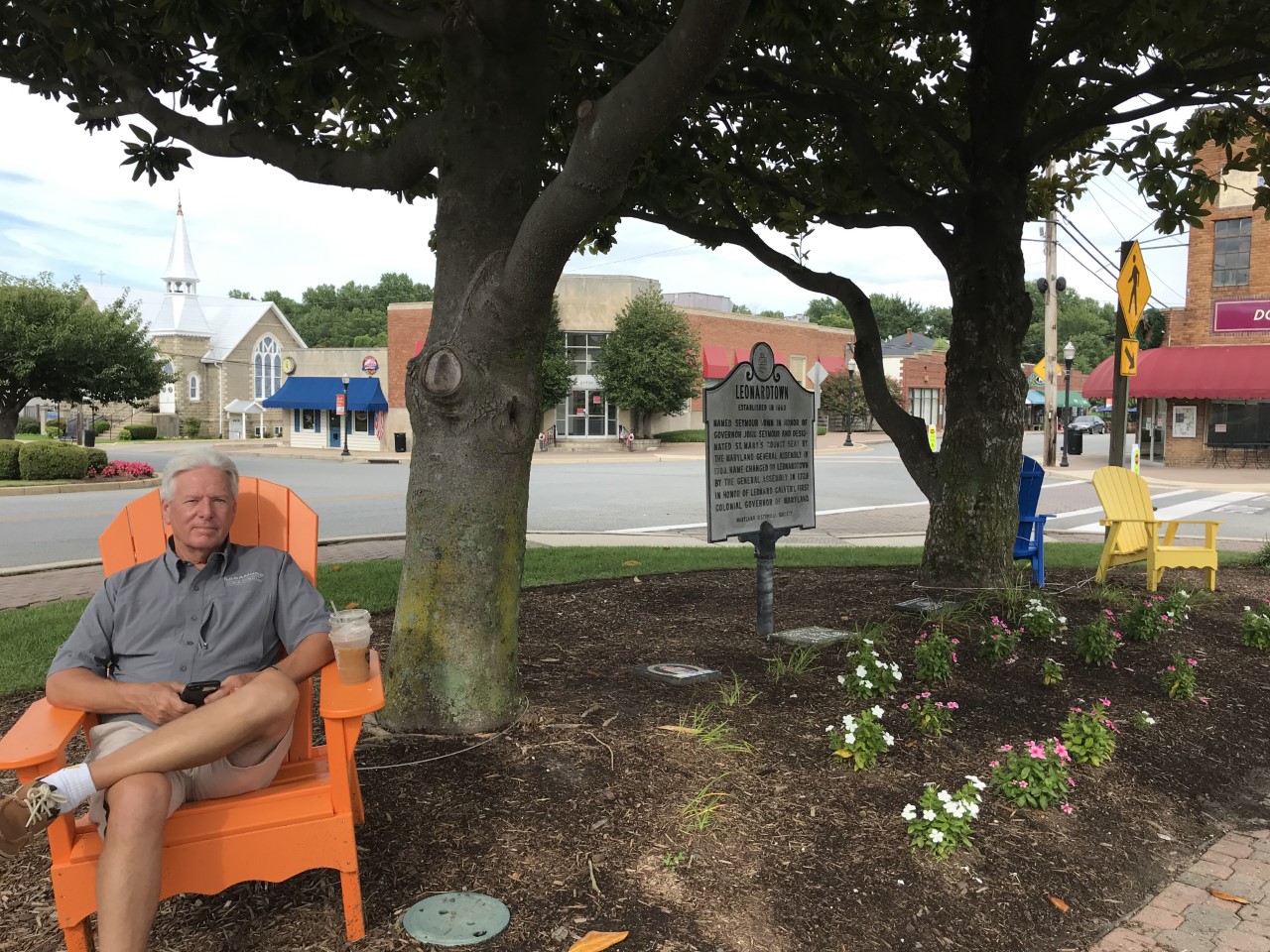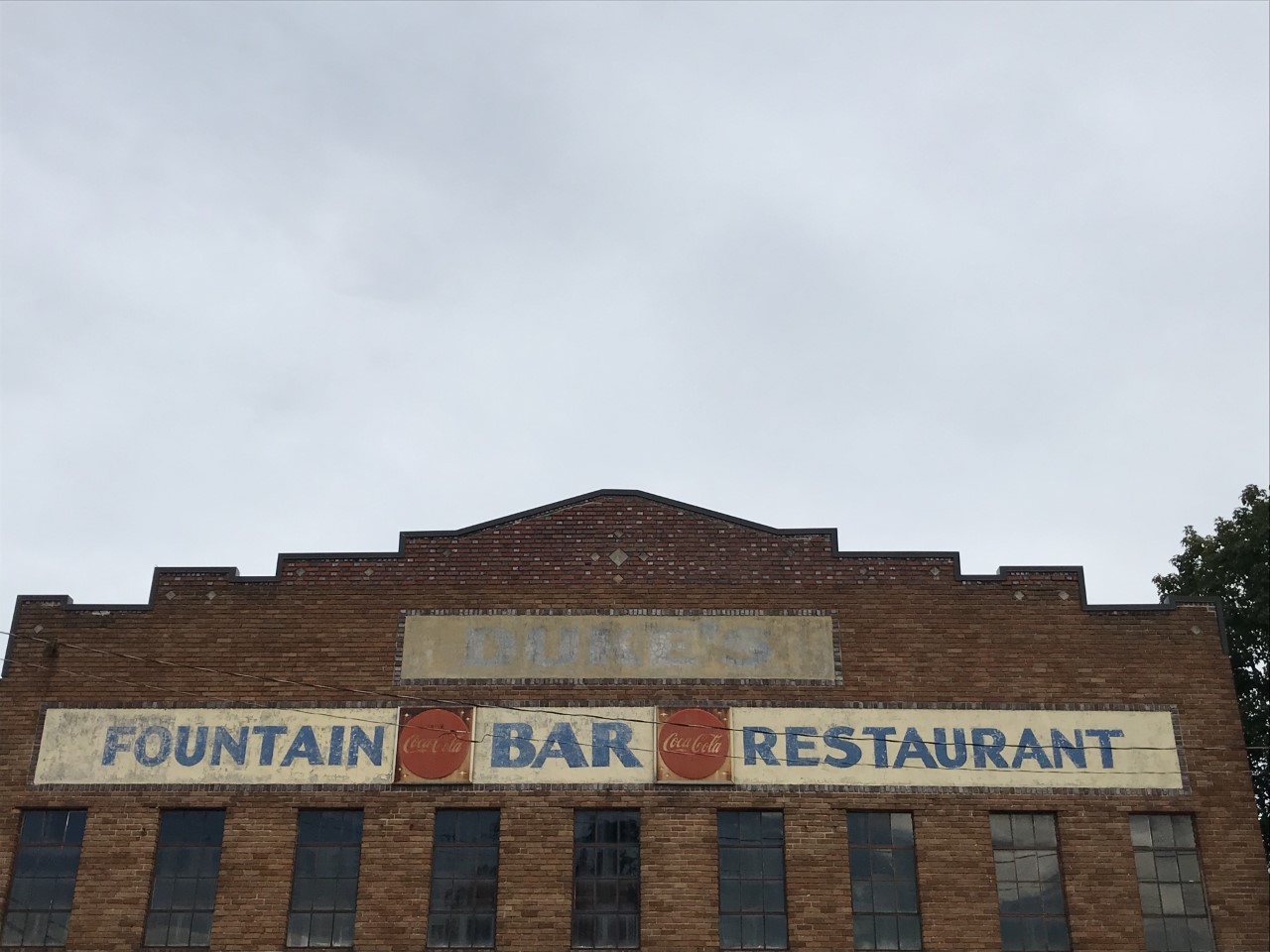In the third blog post of the Maryland road trip series, travel experts Jeff and Diane navigated history in St. Mary’s County. Their approach continued to be exploring the outdoors, seeking out trails, rails and different parts of history, as well as preservation and adaptive reuse in the county.
FROM DIANE AND JEFF’S TRAVELOGUE:
St. Mary’s county has an intertwining history of European colonization, earlier Native American tribes, and African American heritage. The European colonization began with the arrival of passengers from England on the Ark and the Dove at St. Clement’s Island in 1634. Earlier history shows that:
“The Piscataway Indian Nation, a state-recognized tribe in Maryland, was one of the most populous and powerful Native polities of the Chesapeake Bay region. The Piscataway nation declined dramatically by the 19th-century, with a 20th-century revival of its people and culture.”
The African American presence in St. Mary’s County began in 1634 with the arrival of an indentured servant, Mathias de Sousa, who was one of the original 140 colonists who founded Maryland. Slavery was introduced soon after.
Three Notch Trail
- Three Notch Trail Guide from St. Mary’s County Recreation and Parks
- Three Notch Trail Guide from St. Mary’s County Recreation and Parks
We started with our “rails to trail” walk along Three Notch Trail, a 28-mile trail that is a work in progress under the guidance of St. Mary’s County. The trail is built on the abandoned Washington, Brandywine and Point Lookout Railroad right-of-way. The rail line was ceased operations sometime in the later 1960’s-early 1970’s. We walked a short part of the trail, from Charlotte Hall to the northernmost end of the trail at Deborah Drive. There are parts that are directly along the road and others that take you a bit deeper into nature and away from the road traffic. There are signs and markers all along the trail, some recounting the history. One marker told the story of a house that is still sits right next to the rail line. The owners had to make sure that their front gate was closed or the train going by might hit it.
Mechanicsville Amish Market
I was aware that there was a large Amish community in southern Maryland. However, I did not realize that the communities of Mechanicsville and Charlotte Hall have the largest Amish population in Maryland. We stopped at one of the farmer’s markets in Mechanicsville, picking up some fruit, vegetables, and the best whoopie pies I have ever eaten. Tobacco Barn Distillery was on our list of things to explore, hoping that they were open for some tastings. As luck had it one of the partners, Scott Sanders, had a booth at the farmer’s market that day. He was extremely generous with his time and told us the fascinating history of distilling in southern Maryland.
Many of the first makers of bourbon were in southern Maryland, migrating to Kentucky, now famous for their bourbons. He also told us of their process for making their USS Constellation rum. Each batch starts with Baltimore-based Domino sugar’s homemade molasses as the base, then put in four bourbon barrels and loaded on the USS Constellation ship’s hold where they stay for over a year, moving with the tides, then back to the distillery to age a bit longer, and finally bottled and released one barrel at a time. Of course, we bought some bourbon and some rum. We look forward to our “rum rations” just like the U.S. Navy gave the crew on the USS Constellation when she was launched in 1854.
Historic Sotterley
Although we visited Historic Sotterley during our first round of county visits in the early spring, I wanted to return to see the gardens in the summer. Their main buildings were not yet reopened to the public. They have a Land, Lives and Labor exhibit focusing on African American life, including a rare original slave cabin. The gardens were in full bloom, attracting some amazing butterflies. We saw what we thought was a tiny hummingbird and found out later that it is a moth that mimics a hummingbird.
Drive By St. Mary’s City
As we had visited St. Mary’s City during our first trip, we decided not to stop this time and just do a drive by. You can see our original visit in the March 2018 blog post HERE.
Point Lookout
Point Lookout Lighthouse marks the entrance to the Potomac River built in 1830. “It is referred to as the most haunted lighthouse in America and the Lookout Lighthouse Preservation Society holds nighttime “paranormal investigations to raise funds for preservation and restoration activities.” We could not get close enough to feel any paranormal activity as they were in the process of some restoration.
Leonardtown
We explored Leonardtown much more deeply on our first-round trip so our final stop was just for some coffee and a walk around town. We stopped in at Social Coffee House and browsed books at the Fenwick Street Used Books and Music. A nice touch was music being piped through speakers on the light poles along the streets. Speaking of ghost, ghost signs are fun to spot, like the one on a main street building from a bygone restaurant.

